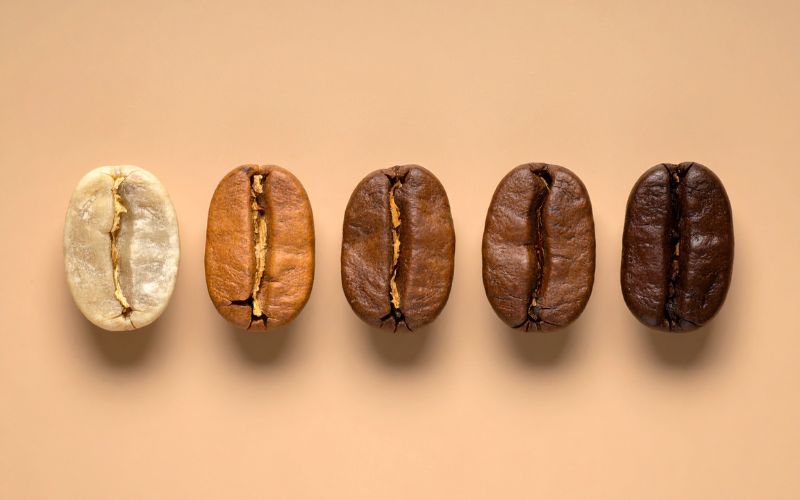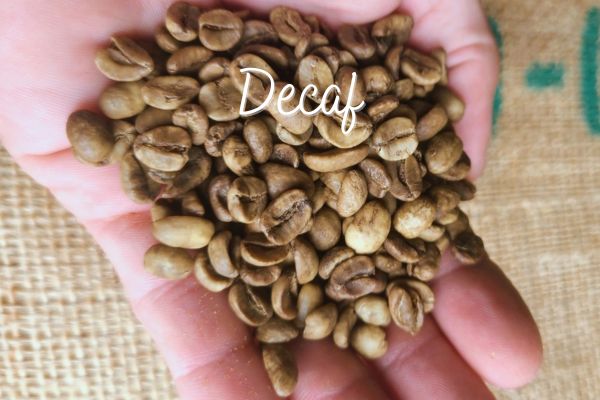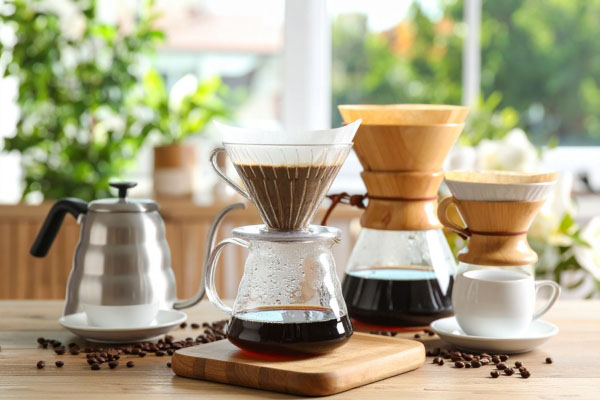
Light, Medium, and Dark Roast: A Guide to the Differences
What's the real difference between a light, medium, and dark roast? This guide explains how the roasting process transforms the coffee bean's flavor, acidity, body, and caffeine content.
What is Coffee Roasting?
Coffee roasting is a heating process that transforms the chemical and physical properties of green coffee beans into the roasted coffee products we know and love. The "roast profile"—the specific way a coffee is roasted—is one of the most significant factors influencing a coffee's final taste.
A roaster's job is to apply heat skillfully to bring out the best flavors of a particular bean. By controlling the temperature and time, a roaster can either highlight the coffee's delicate, inherent "origin" characteristics or create the bold, roasty flavors that many people associate with coffee.
The most common way to categorize a roast is by its color: Light, Medium, or Dark.
Light Roast
- Appearance: Light brown, cinnamon color. The beans have no oil on their surface.
- Flavor: This is where the origin flavor of the bean shines the brightest. Light roasts are characterized by their bright, vibrant, and complex flavors. You'll taste the nuances of the coffee's variety and processing method—notes of fruit, flowers, and tea are common.
- Acidity: High, bright, and crisp acidity.
- Body: Lighter, more delicate body.
- Caffeine: When measured by the scoop (volume), a light roast has slightly more caffeine because the beans are denser. When measured by weight, the caffeine content is roughly the same as other roasts.
A light roast is the preferred choice in the specialty coffee world for high-quality, single-origin beans, as it does the best job of preserving their unique and delicate flavors.
Medium Roast
- Appearance: Medium brown color. The beans will still have a mostly matte surface, with little to no oil.
- Flavor: This roast level offers a balance between the coffee's origin flavors and the flavors created by the roasting process itself. You'll find a harmonious blend of bright acidity and deeper, sweeter notes of caramel, chocolate, and nuttiness. It's often described as a "well-rounded" or "smooth" cup.
- Acidity: Mellowed, balanced acidity.
- Body: Fuller body than a light roast.
- Caffeine: Slightly less caffeine by the scoop than a light roast.
Medium roasts are incredibly popular and versatile. They are a safe bet for most brewing methods and appeal to a wide range of palates. Many popular café blends are a medium roast.
Dark Roast
- Appearance: Dark brown to nearly black. The beans will have a noticeable sheen of oil on their surface.
- Flavor: In a dark roast, the roast flavor dominates completely. The original flavors of the bean are replaced by bold, smoky, and bittersweet notes. You'll taste flavors of dark chocolate, burnt caramel, and ash. The goal is a rich, intense, and powerful cup.
- Acidity: Very low acidity.
- Body: Heavy, full body.
- Caffeine: When measured by the scoop, a dark roast has less caffeine because the beans are larger and less dense.
Dark roasts are what many people traditionally associate with a "strong" coffee flavor. They are often used for espresso blends to create a classic, bold, and intense shot. While they can be delicious, they can also be a way for some roasters to hide the flavor of lower-quality beans.


